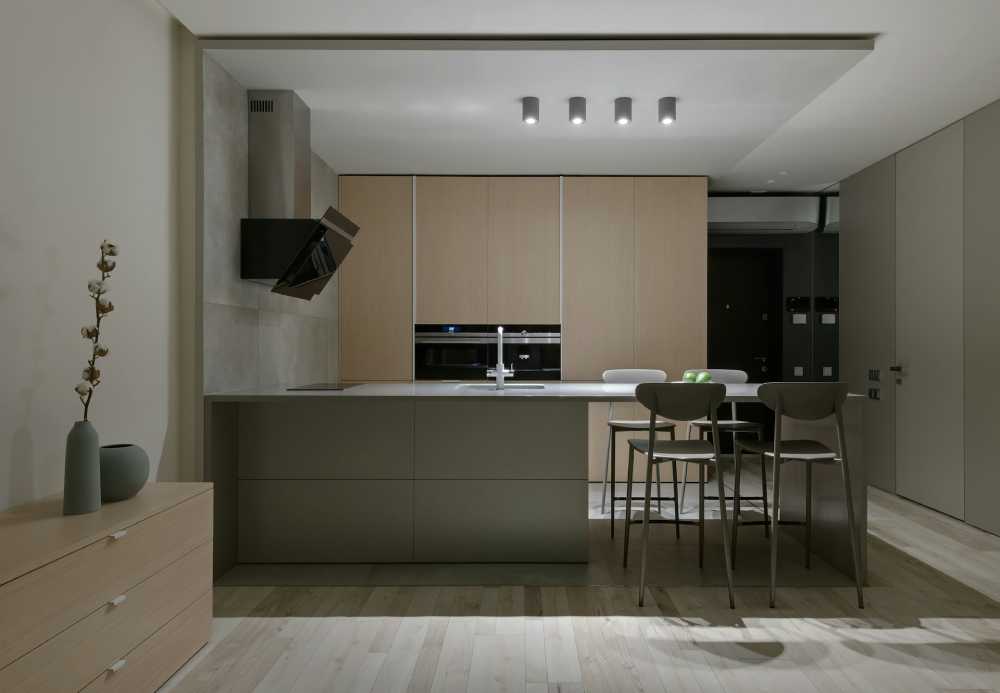Lighting is an essential facet of interior design that significantly influences a home’s ambiance. It can set the mood, highlight architectural features, and improve functionality. A well-lit home not only elevates its aesthetic appeal but also boosts the comfort levels of its inhabitants.
Whether working, relaxing, or entertaining guests, suitable lighting ensures that every activity is performed in the best light. Good lighting design goes beyond mere utility; it’s an art form that can transform any space. Proper lighting not only enhances visibility but also establishes the right atmosphere.
In addition to general illumination, specific lighting techniques help highlight textures, colors, and shapes within a room. Many design experts echo this sentiment, emphasizing the importance of incorporating appropriate lighting in every part of your home, a crucial element in crafting a cohesive design.
Contents
Types of Lighting
There are three main types of lighting: ambient, task, and accent lighting. Each serves a distinct purpose and is crucial in creating a balanced and functional space. Ambient lighting, often called general lighting, provides overall illumination that spreads evenly across a room. It serves as the primary light source and sets the tone for the rest of the lighting design.
Task lighting focuses on activities such as reading, cooking, or working. It enhances visibility for tasks that require more intense lighting. For instance, under-cabinet lights in the kitchen or a desk lamp in the study are excellent examples of task lighting, helping to reduce eye strain and increase productivity.
Accent lighting, on the other hand, highlights architectural features, art pieces, or focal points within a space. It creates visual interest and adds depth to the room. Accent lights can be achieved through track lighting, wall-mounted fixtures, or spotlights, each highlighting the best aspects of your design.
Choosing the Right Light Fixtures
Choosing the right light fixtures involves understanding the function of the space and the style you wish to convey. Fixtures come in various materials, finishes, and shapes, each adding a distinct touch to your interior design.
Whether you prefer the sleek look of contemporary designs or the timeless charm of classic fixtures, a wide array of options are available to match your taste.
When selecting fixtures, consider factors such as room size, ceiling height, and color palette. For instance, a chandelier might be a perfect statement piece for a large dining room, while recessed lights provide subtle elegance for a minimalist living space. Balancing functionality with aesthetics ensures that your lighting choices enhance your home’s practicality and beauty.
Layered Lighting Approach
A layered approach combines ambient, task, and accent lighting to create a dynamic and multifunctional space. This method ensures that lighting is both practical and aesthetically pleasing. For instance, a living room might include:
- Ambient lighting for general illumination.
- Task lighting for reading nooks.
- Accent lighting to showcase artwork or architectural features.
Layered lighting creates a versatile environment where different lighting sources can be adjusted to suit various activities and moods. For example, dimmable ambient lights offer a relaxing atmosphere for movie nights, while bright task lights make reading more comfortable. Using multiple layers of light adds complexity and richness to the space, enhancing its overall appeal.
Energy-Efficient Lighting Options
Energy-efficient lighting options, such as LED bulbs and intelligent lighting systems, not only reduce electricity bills but also have a positive impact on the environment. These options provide the same brightness level as traditional lighting while consuming less power and lasting longer.
LED bulbs, for example, are known for their longevity, with some lasting up to 25,000 hours. This reduces the need for frequent replacements, lowering costs and waste.
Additionally, many energy-efficient bulbs are now available in various color temperatures, allowing you to achieve the perfect lighting ambiance without sacrificing sustainability.
Smart Home Lighting Solutions
Smart home lighting solutions offer convenience and customization. These systems can be controlled remotely via smartphone apps or voice commands, allowing for adjustments in brightness and color to suit different activities and moods. Imagine entering a room and adjusting the lights automatically to create the perfect ambiance for each moment.
Intelligent lighting systems also offer features like scheduling, where lights can be programmed to turn on or off at specific times. This can be particularly useful for enhancing security and reducing energy consumption while away from home.
With the ability to integrate with other smart home devices, such as thermostats and security systems, intelligent lighting represents the future of home automation, providing seamless control over your living environment.
Lighting for Different Rooms
Different rooms require different lighting solutions. Kitchens and bathrooms, for instance, need bright task lighting to ensure safety and efficiency. On the other hand, living rooms and bedrooms benefit from a mix of ambient and accent lighting to create a cozy and inviting atmosphere.
For example, in the kitchen, under-cabinet lights can illuminate counters and workspaces, while pendant lights add a decorative touch to dining areas. In the bedroom, a combination of bedside lamps, wall sconces, and ceiling lights can create a layered effect that provides both functionality and relaxation. Tailoring your lighting choices to each room’s needs and layout helps create a balanced and harmonious home.
Maintenance and Care of Light Fixtures
Maintaining light fixtures involves regular cleaning and occasional bulb and part replacement. This not only extends the lifespan of the fixtures but also ensures they operate efficiently. Regular maintenance can keep your lighting looking its best and performing well over time. Simple actions such as dusting lampshades and wiping down fixtures can make a big difference in appearance and functionality.
It’s also important to periodically check for any signs of wear or damage, such as frayed cords or loose connections. Addressing these issues promptly can prevent potential hazards and keep your lighting system in optimal condition.
Investing in high-quality fixtures and bulbs from reputable sources will further enhance the durability and performance of your home lighting design. For more information about lighting, check on https://www.visualcomfort.com/.





